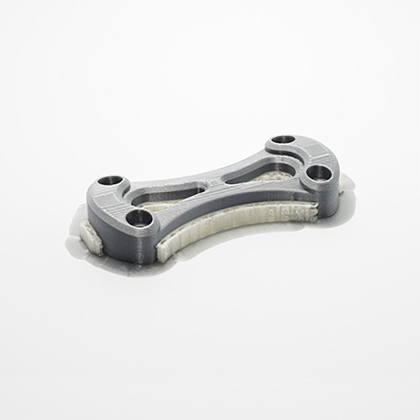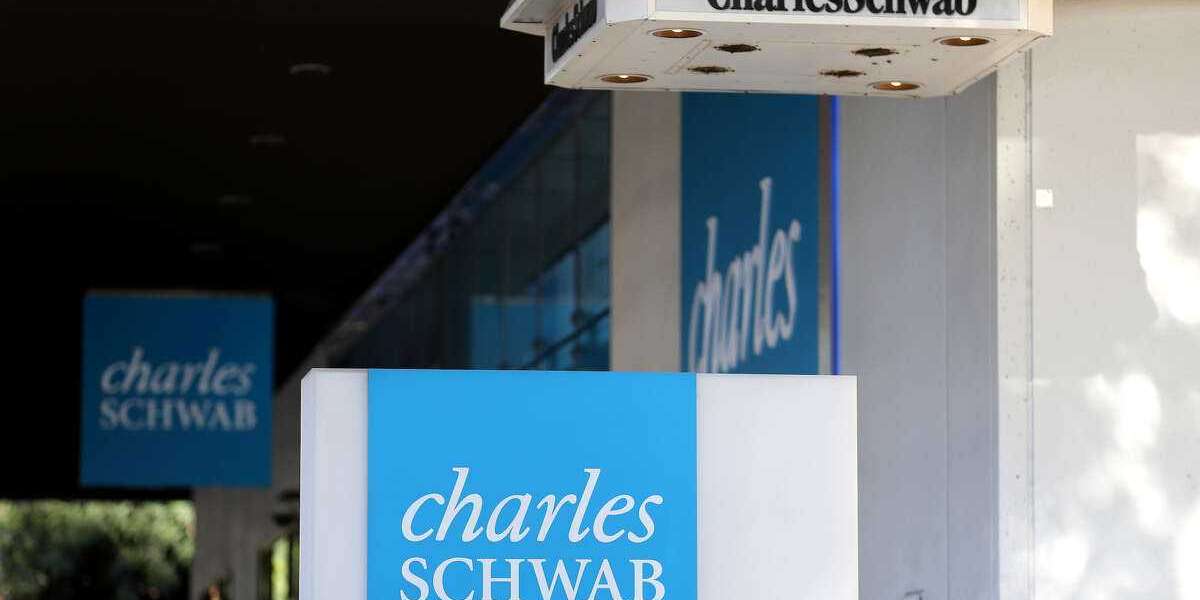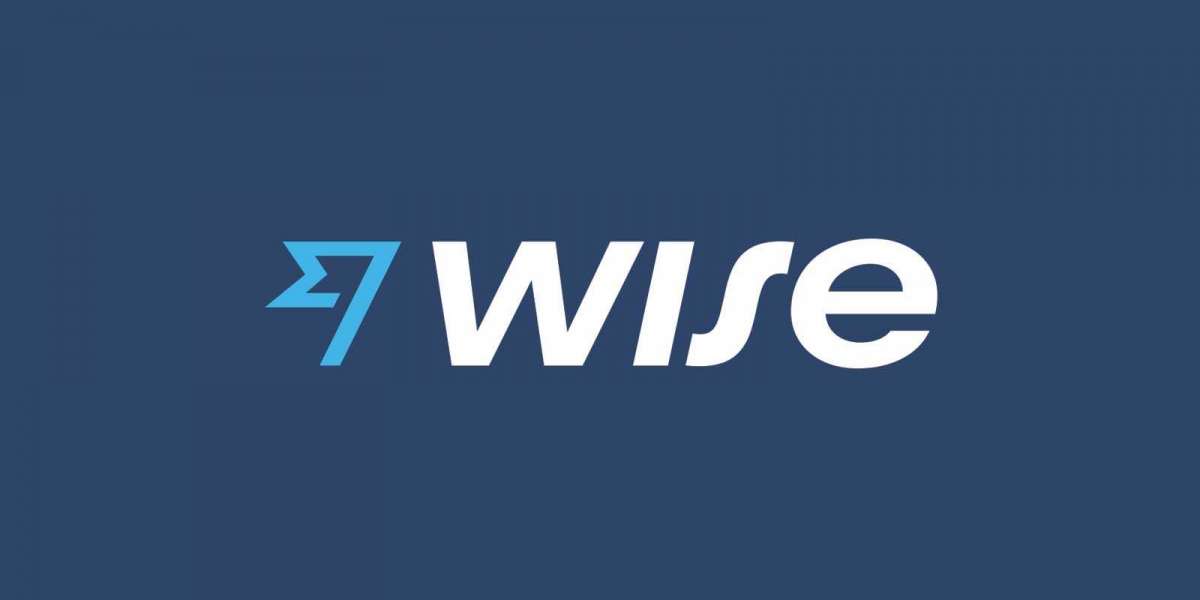Unlock the Secrets of FDM 3D Printing: Discover How Online Services Transform Your Ideas!
Fused Deposition Modeling (FDM) 3D printing technology has revolutionized the way we think about manufacturing and prototyping. This innovative method allows for the creation of intricate designs and functional prototypes by layering melted thermoplastic materials. With the rise of online FDM 3D printing services, this technology has become accessible to a broader audience, from hobbyists looking to create custom items to businesses aiming to streamline their production processes. By leveraging these online platforms, users can easily turn their ideas into tangible products, saving time and reducing costs while tapping into the vast potential of 3D printing.

Understanding FDM 3D Printing Technology
Fused Deposition Modeling (FDM) is a popular 3D printing technology that involves the extrusion of melted thermoplastic filament through a heated nozzle. As the material is deposited layer by layer, it cools and solidifies, ultimately forming a three-dimensional object. This process begins with a digital model created using computer-aided design (CAD) software, which is then sliced into thin horizontal layers for printing.
Materials commonly used in FDM include PLA (Polylactic Acid), ABS (Acrylonitrile Butadiene Styrene), and PETG (Polyethylene Terephthalate Glycol). Each material offers unique properties, making them suitable for different applications. For instance, PLA is biodegradable and easy to print, making it ideal for prototypes and educational projects, while ABS is more durable and heat-resistant, making it suitable for functional parts.
FDM technology is widely employed across various industries, including automotive, aerospace, healthcare, and education. Manufacturers use it for rapid prototyping, allowing them to iterate designs quickly and cost-effectively. In education, it serves as a powerful tool for teaching students about engineering and design principles, inspiring the next generation of innovators. The versatility and accessibility of FDM 3D printing have solidified its place in modern manufacturing, enabling creators to push the boundaries of what's possible with their designs.
How Online FDM 3D Printing Services Work
Online FDM 3D printing services have simplified the process of bringing ideas to life. These platforms typically operate through a user-friendly interface where customers can upload their 3D models in compatible file formats. Once the design is uploaded, users can select various parameters such as material type, color, and finish, tailoring the final product to their specifications.
The next step often involves a brief review by the service provider to ensure the design is suitable for printing. This review process may include checking for errors in the model, such as non-manifold edges or unsupported structures. Once the design is approved, the printing process begins, with the service using advanced FDM machines to produce the object layer by layer.
After printing, the item typically undergoes post-processing, which may include removing support structures, sanding, or painting. Finally, the finished product is packaged and shipped directly to the customer. This seamless workflow not only enhances user experience but also allows individuals and businesses to access high-quality 3D printing services without the need for expensive equipment or technical expertise. The convenience of online platforms has made it easier than ever to explore the world of 3D printing.
Benefits of Using Online Services
Utilizing online FDM 3D printing services offers several advantages over traditional manufacturing methods. One of the primary benefits is cost-effectiveness. Without the need to invest in expensive 3D printers and materials, users can access high-quality printing services at a fraction of the cost. This is particularly beneficial for small businesses and startups that may have limited budgets.
Another significant advantage is accessibility. Online services cater to a diverse clientele, from seasoned designers to hobbyists who may not have prior experience with 3D printing. The intuitive nature of these platforms allows anyone to create and order custom prints with ease. Additionally, the speed of online services means that users can receive their products in a matter of days, rather than weeks, enabling faster iterations and quicker time-to-market for businesses.
For many, the ability to experiment and iterate designs without a significant financial commitment is a game-changer. Friends of mine who are designers have shared how online services have allowed them to prototype their ideas rapidly without the constraints of in-house printing capabilities, leading to more innovative solutions and products.
Challenges and Considerations
While online FDM 3D printing services provide numerous benefits, there are also challenges that users should consider. One potential issue is quality control. Since users cannot physically inspect the printing process or materials used, they may be unsure about the final product's quality. It is advisable to research service providers, read reviews, and request sample prints if possible to ensure you are choosing a reliable service.
Another consideration is material limitations. While many services offer a range of filament options, not all materials may be available for every project. Users should be aware of the properties of the materials they choose and how they may affect the final product's functionality and aesthetics.
Shipping is also a critical factor to consider. Depending on the service provider's location and shipping methods, delivery times can vary. It’s essential to factor in shipping delays, especially when working on time-sensitive projects. To navigate these challenges effectively, users should maintain clear communication with their chosen service and manage expectations throughout the process.
Final Thoughts on Online FDM 3D Printing Services
In summary, online FDM 3D printing services have transformed the landscape of manufacturing and prototyping, making it easier than ever for individuals and businesses to bring their ideas to life. By understanding the fundamentals of FDM technology, the operational model of online services, and the associated benefits and challenges, users can make informed decisions that suit their needs. Embracing these innovative solutions can open up a world of possibilities for creativity and development in the realm of 3D printing. Whether you’re a seasoned professional or just starting, exploring online FDM 3D printing services could be the key to unlocking your next big idea!








